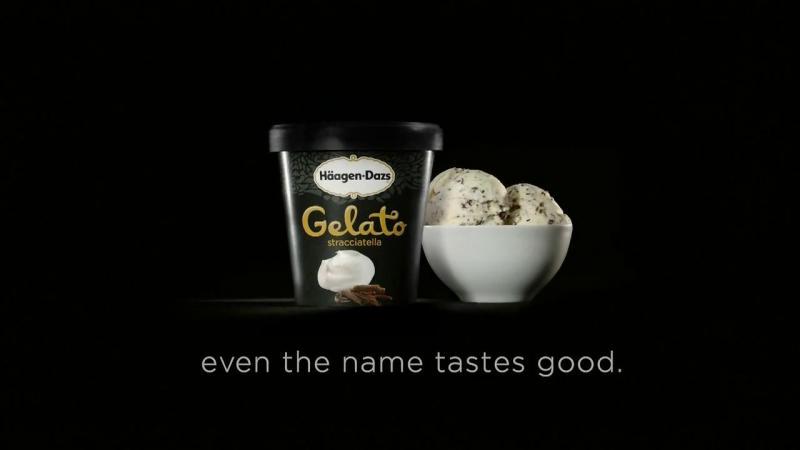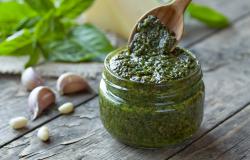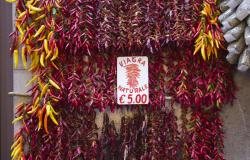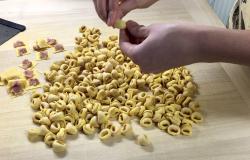There is no doubt that when it comes to fashion and food Italy sells. People are willing to pay extra just because of that Italian name on the label, which they identify with quality, tradition and the Italian lifestyle loved by so many worldwide. So it does not come as a surprise that even American ice-cream company Häagen-Dazs (now owned by Nestlé) is trying to appeal to lovers of Italy’s products, branding a new line of ice cream as “gelato” and marketing it as “a spoonful of Italy”. The company describes its “gelato” line “as a frozen dessert with an Italian accent that has the nuances and traditions of its homeland.” Building on the fact that many people think of the word ‘gelato’ as a synonymous with Italian gelato artigianale (homemade ice cream), the company’s marketing communications campaign is described as showcasing “the craftsmanship and richness of Italy, the decadence of gelato and the mystique of ‘La Dolce Vita’ – the sweet life.” However, gelato artigianale and industrially produced ice cream are very different. According to Italy’s Carpigiani Gelato University, gelato artigianale is produced in small quantities by ice cream shops,with seasonal fruit and is sold direct to the public while industrially produced ice cream is highly processed and requires food preservatives to have a long shelf life when sold in shops and supermarkets. Moreover, gelato artigianale contains less fat, less air and has to be served at a higher temperature than industrially produced ice cream. Häagen-Dazs’ “gelato” brand line has seven flavours: black cherry amaretto, cappuccino, dark chocolate chip, limoncello, sea salt caramel, stracciatella and vanilla bean. However, the limoncello version is made with lemon juice and vodka, rather than following the traditional Italian recipe that includes the zest of Sorrento lemons, not the juice, and grain alcohol. The black cherry amaretto version is described as “blended with black cherries and amaretto liqueur” but the list of ingredients does not seem to contain any trace of the famous almond-flavoured Italian liqueur made from a base of apricot pits or almonds. While Italians remain flattered when they hear that Italy is still identified as a guarantee for top-quality products, they question the uncontrolled use of the Italy brand. In the meantime, do not miss our recipe for limoncello.
Häagen-Dazs Launches Limoncello Ice Cream – With No Limoncello?

You may also be interested in...
Latest property in Italy
370 m²
7 Bedrooms
279000
66 m²
2 Bedrooms
179000
210 m²
4 Bedrooms
135000
130 m²
2 Bedrooms
98000
100 m²
2 Bedrooms
70000
What to do in Italy
Tour
Food & Wine


















